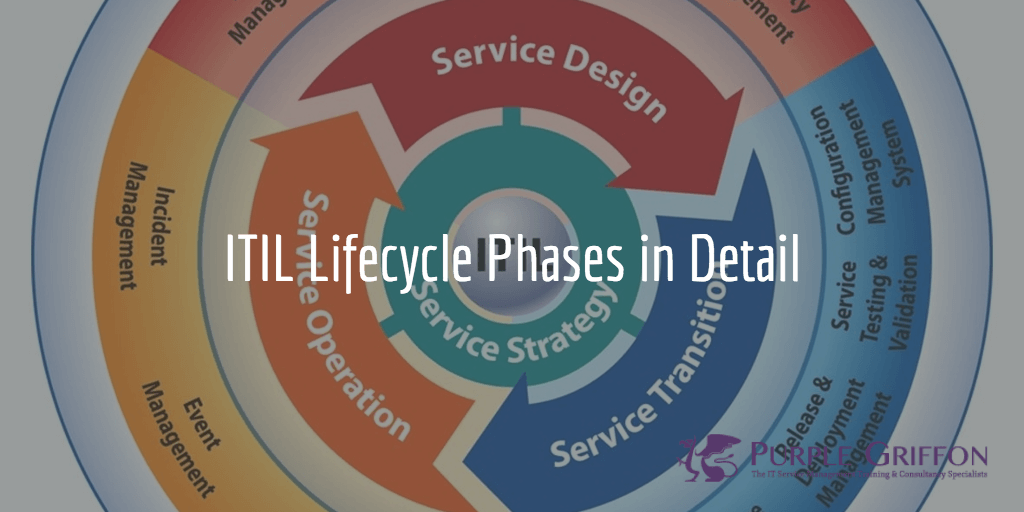

The ITIL SVS describes how all the components and activities of the organization work together as a system to enable value creation. ITIL ® 4 focuses more on value creation, rather than just delivering services. To know more, you can refer to this article on What is ITIL ®. Axelos released the latest version of ITIL known as ITIL v4 in Feb 2019. Currently, it is owned by AXELOS which is a joint venture created by the Cabinet Office in 2013. ITIL was first introduced in 1989, and since then it has grown to become one of the most renowned practices with over tens of thousands of certified practitioners all over the world. All these ultimately result in building a stable IT environment. The systematic and structured approach of ITIL towards the IT service management helps an organization in managing risk, establishing cost-effective practices, strengthening customer relations. These guidelines are nothing but the best practices which are observed, gathered and put together over time to deliver anything but the best services. It is a set of guidelines that helps an IT practitioner in delivering the best services. ITIL ® stands for Information Technology Infrastructure Library. Let’s move further with this ITIL ® Tutorial and learn more about ITIL in detail. T he best thing about ITIL is that it is constantly evolving to fit perfectly with today’s market trends which are in continuous flux. Since its release till date, ITIL has continued to keep a stronghold on the top position in the market. ITIL ® is considered to be the standard de-facto for IT Service Management best practices since its initiation in the 1980s. Value output which refers to various outcomes, costs, and risks associated with service.Business, service provider organization, service consumer/customer, and all the involved stakeholders.I have listed down a few of the most important IT service management concepts below: Having a clear understanding of the key concepts and terminologies of service management is very critical in order to ensure the effective use of any ITSM framework and address real-world problems. how the co-creation of value is enabled through services.the scope and nature of the involved stakeholders.In order to provide the best services, an organization must have a clear understanding of:

This entire process consists of visualizing the Service Lifecycle, understanding the service requirement, creation of service conceptualization, strategy, design, transition, operation and performing service improvement throughout the service lifecycle. Thus, IT Service Management can be described as a systematic approach that helps in delivering value to customers via IT services. A set of specialized organizational capabilities for enabling value for customers in the form of services.


 0 kommentar(er)
0 kommentar(er)
